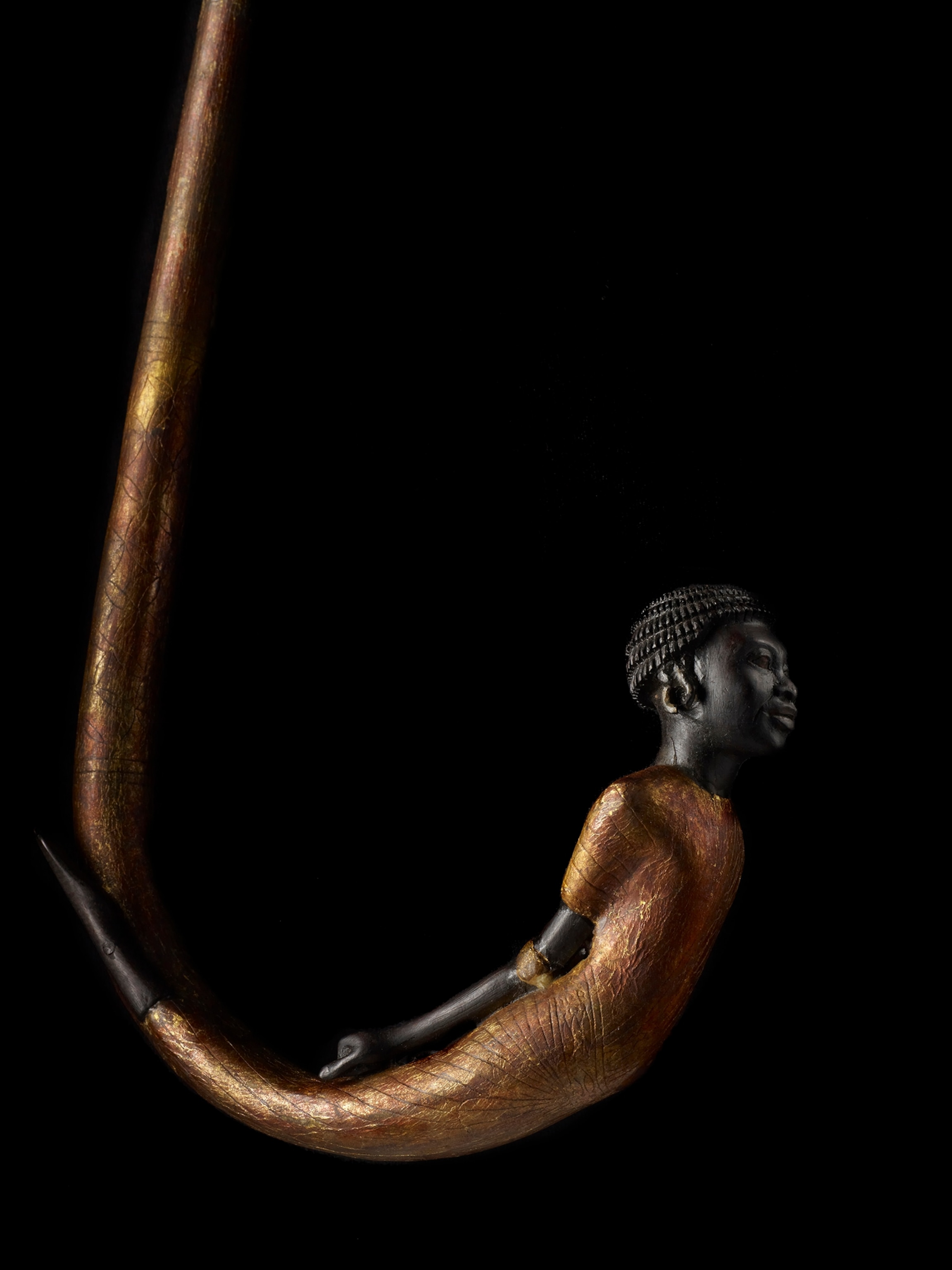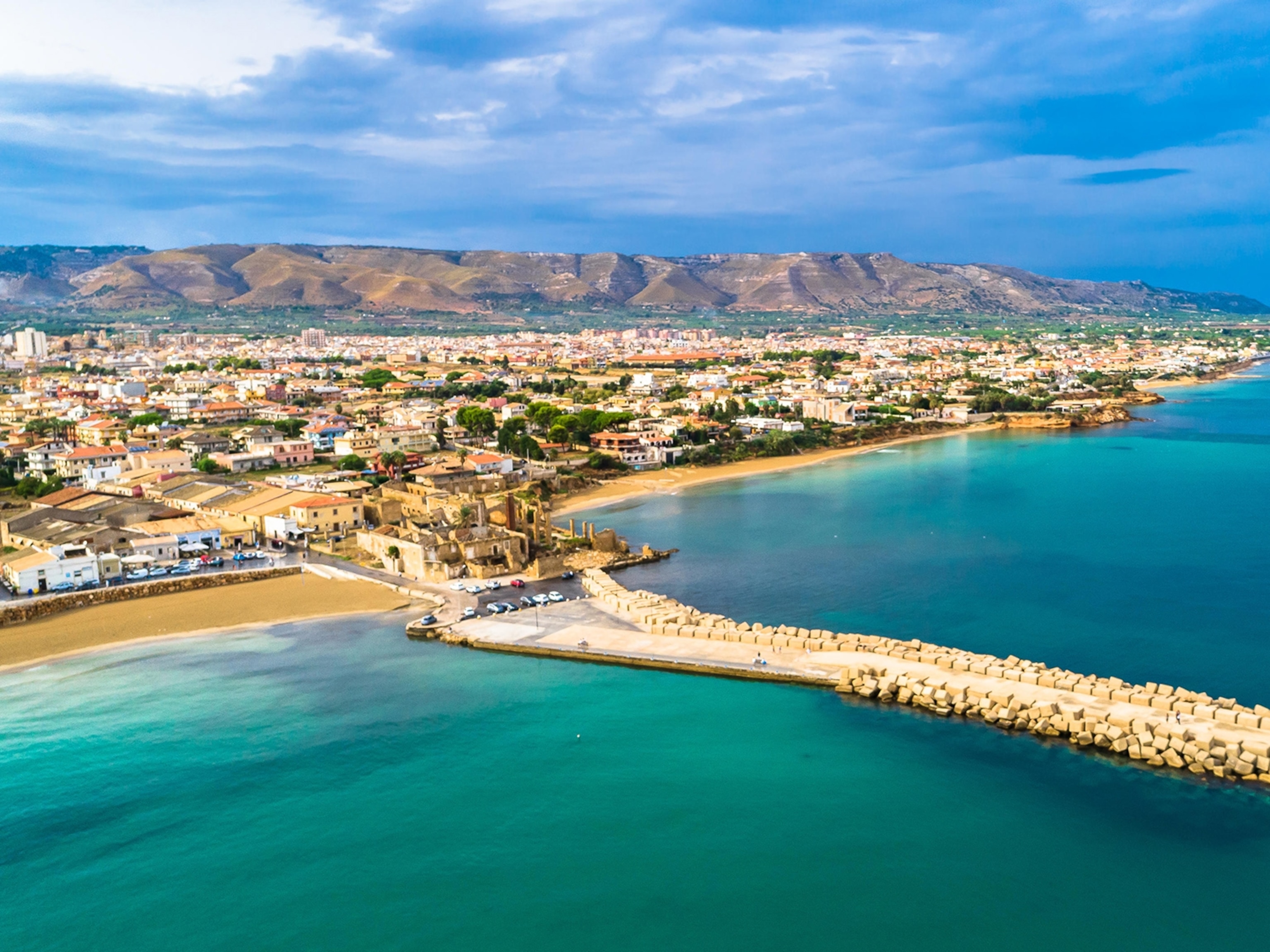
Explore these pristine, little-known Maya ruins
Deep in the jungles of Belize you'll find the largest Maya city in the region.
Dozens of swallowtail butterflies are dancing in the air, and we pull the car over to watch. We’ve been on the road in Belize for nearly three hours with no shortage of sightseeing along the way. The drive from San Ignacio winds through San Antonio, a Maya town that is also the home of my tour guide, Israel Canto. We drive through the Mountain Pine Ridge Forest Reserve, and the deserted sustainable logging town next door. We take a pit stop to stretch our legs in a massive tunnel system–the Rio Frío Cave. Alas, we are on the final stretch, a few miles of dirt road leading to the largest Maya site in Belize–larger than its famous neighbor, Tikal in Guatemala. We are arriving at Caracol.
A HIDDEN GEM
The site is like nothing I’ve seen before. We are four of only a handful of people exploring the area. There is no gift shop, no restaurant, not even water for sale. It’s the beauty and challenge of going so far off the beaten path.
The history of this Maya city is unique for many reasons. One interesting cultural shift was their governance system, unique in the ancient Maya world, that “deemphasized the power of the ruler,” says Dr. Arlen Chase of the University of Nevada, Las Vegas. In A.D. 562, Caracol was also able to defeat the powerful kingdom of Tikal, just to the west in what’s now Guatemala. “This marked the start of a gloomy period for the city of Tikal during which no buildings nor monuments were erected,” says Canto, whose great grandfather, Rosa Mai, first discovered the site in 1937 and reported it to the archeological commissioner, A. Hamilton Anderson.
“We effectively changed a lot of the perceptions about how a Maya city is composed and what a Maya city is,” says Chase. “When we started working there, no one could believe that Caracol was as large as we said it was,” a fact they proved through lidar scanning.
Chase and his wife, Dr. Diane Chase, have been taking archaeological field teams out to Caracol since 1985, a time when the journey to the site was a two-day affair. In 2002, the Belizean government completed a road that cut down the trip to just a few hours. Today, Caracol sees about 10,000 visitors a year, which works out to just a few dozens a day.
WHAT’S AHEAD
This is all expected to change in the next few years. The Belizean government plans to pave the road in 2019, and Chase hopes that this can eventually lead to the development of a causeway, allowing visitors to walk from Caracol’s epicenter to residential groups and terracing structures around the city. It will likely also lead to the development of more facilities, and large tour groups from cruise ships visiting on a regular basis.
As development continues and the site becomes increasingly popular, Chase hopes that some of Caracol’s unique freedoms remain in place, like visitors’ ability to climb to the top of temples and other structures—including Caana, the Sky Palace, which offers breathtaking views of the lush jungle.
Canto has been visiting the site since the late 1980s, and hopes to see further development as well. “In my humble opinion, this special place should be a World Heritage site, offering the opportunity to grow in its most sustainable and educational standards,” he says.
- National Geographic Expeditions
Part of that sustainability might mean more security and regulations around how many visitors can come, and what they can do, but that might be many years away. For now, Chase says, “the stabilization that has been done at the site is called 'tourist-proofing,' because it is designed to make sure that no damage is done to the structures."
As the site becomes more accessible, Chase’s hope is to open up more areas to tourists, which will also help disperse foot traffic. But in the meantime, this hidden gem is certainly worth the detour.


















